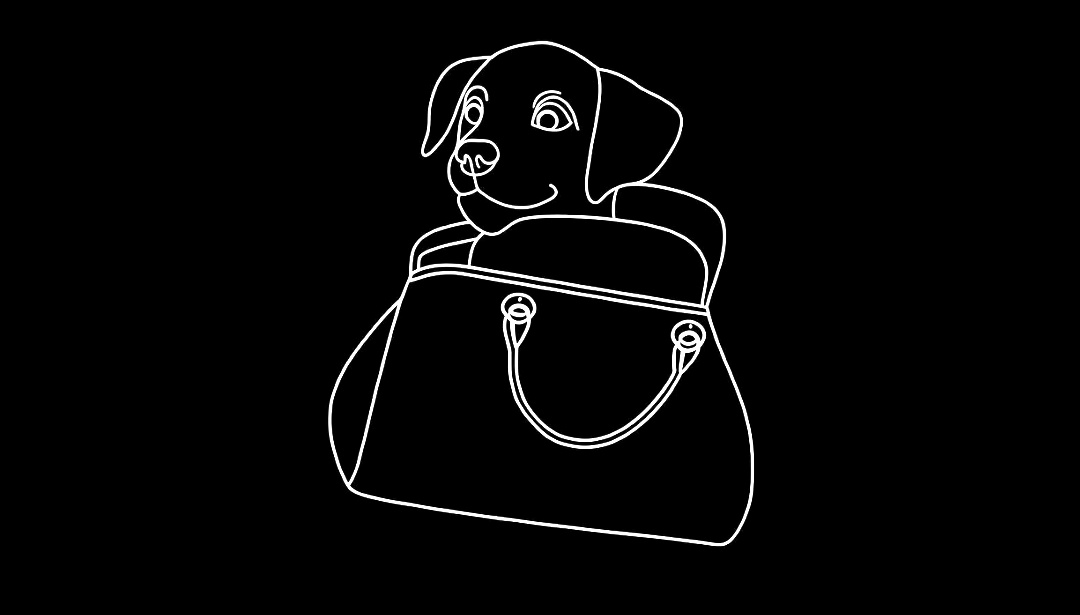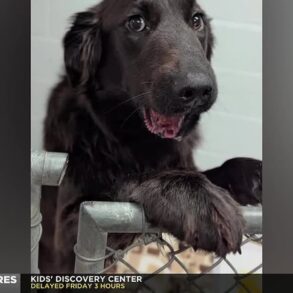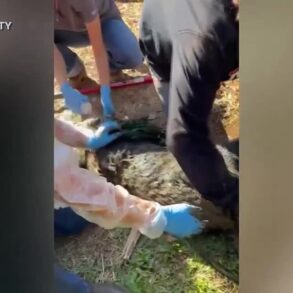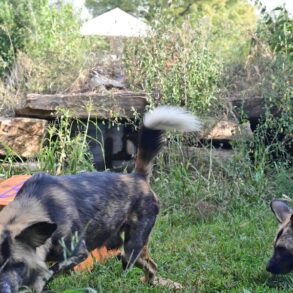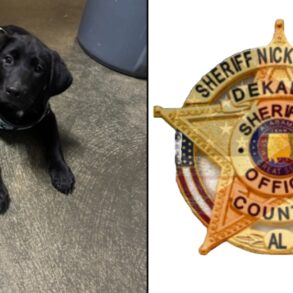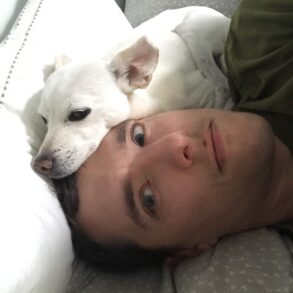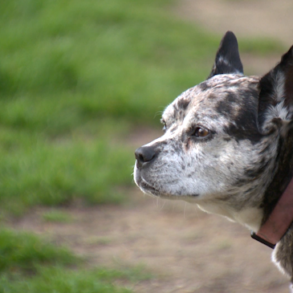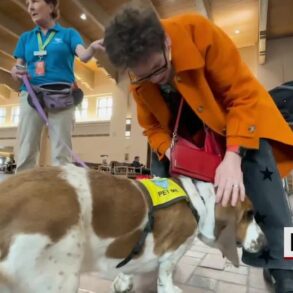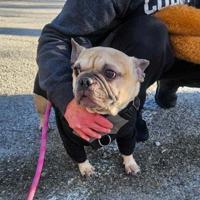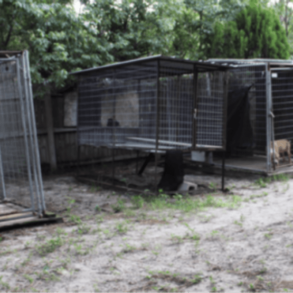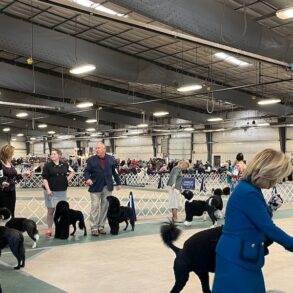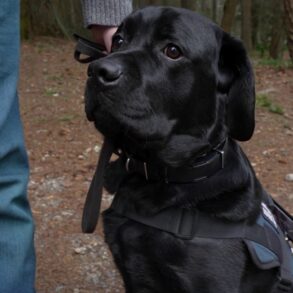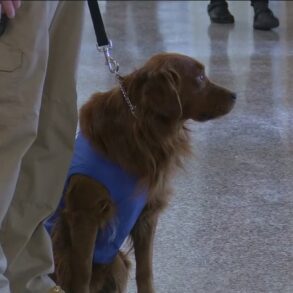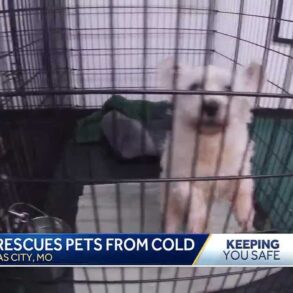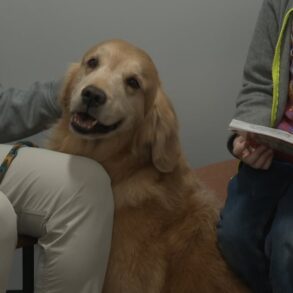
Dogs might be going through a new phase of domestication, shaped by people’s preference for calm, friendly companions that fit well into a laid-back lifestyle.
Dogs are evolving to be better companions
Not too long ago, they were mainly seen as workers—helping control pests, herd animals, and keep homes safe. These days, though, people care far more about having a loyal friend than a four-legged security system.
Researchers have discovered that this change has led to a rise in the hormone linked to social bonding in dogs, especially in those trained for service work. Looks like man’s best friend is getting even better at the job!
A study found that oxytocin is the key hormone that makes dogs crave connection with their owners. As people turned wolves into the affectionate companions we have today, dogs became more responsive to oxytocin, according to the researchers.
How scientists are studying oxytocin in dogs
The 2017 study, carried out by scientists at Linköping University in Sweden, explored how dogs developed their knack for cooperating with humans—including their tendency to “ask for help” when faced with a tricky challenge.
The team suspected oxytocin played a part since it’s already known to influence social bonds. How strongly oxytocin takes effect depends on how well it latches onto its receptor inside cells —kind of like a key fitting into a lock, but with a wagging tail involved.
Past research has found that differences in genetic material near the gene responsible for oxytocin receptors affect how well dogs interact with humans. Simply put, a dog’s ability to socialize isn’t just about training; it’s also written in their DNA, particularly in the genes that shape their response to oxytocin.
To test this, researchers watched 60 golden retrievers try (and fail) to remove the lid from a treat jar that was deliberately designed to stay shut(talk about a ruff challenge!). They also took DNA samples from inside the dogs’ noses to figure out which version of the oxytocin receptor each pup carried.
The dogs tackled this challenge twice —once after getting a dose of oxytocin nasal spray and once after receiving a neutral saline spray. Researchers timed how long each pup kept trying to open the jar on their own before giving their owner the classic “help me, human” look.
What this means for the future of domesticated dogs
The results revealed that dogs with a specific genetic variant of the receptor were more sensitive to the oxytocin spray than the others. That extra dose of oxytocin also made them more likely to seek help compared to the saline spray. These findings shed light on how domestication has shaped the genes that play a role in dogs’ social skills—proving once again that evolution has a soft spot for puppy eyes.
Canine experts Brian Hare and Vanessa Woods believe dogs are going through a new phase of domestication, shaping their behavior in response to modern life.
How modern life is shaping dogs’ evolution
As dogs have transitioned from working animals to beloved companions, their behavior —and possibly even their biology—has changed along with their role. Hare, a professor of evolutionary anthropology at Duke University, leads the Duke Canine Cognition Center. Woods runs the center’s Puppy Kindergarten program, which prepares young pups for future service work.
Beyond training future service dogs, the Puppy Kindergarten doubles as a long-term research project exploring how different training approaches influence behavior and cognitive development.
After years of working with these puppies, Woods and Hare are convinced that service dogs are “perfectly suited for life in the 21st century”. Looks like some dogs really are born to be top dogs!
Not too long ago, people saw dogs in a very different light. They were primarily workers, trained for tasks like hunting, herding, and guarding their homes—always on the move and ready for action.
Before the 1990s, most dogs lived outdoors. With cities being far less crowded than today, they had plenty of room to roam and sniff out adventure. Nowadays, most have transitioned to an apartment life with short outings on a leash.
This post was originally published on this site be sure to check out more of their content.
